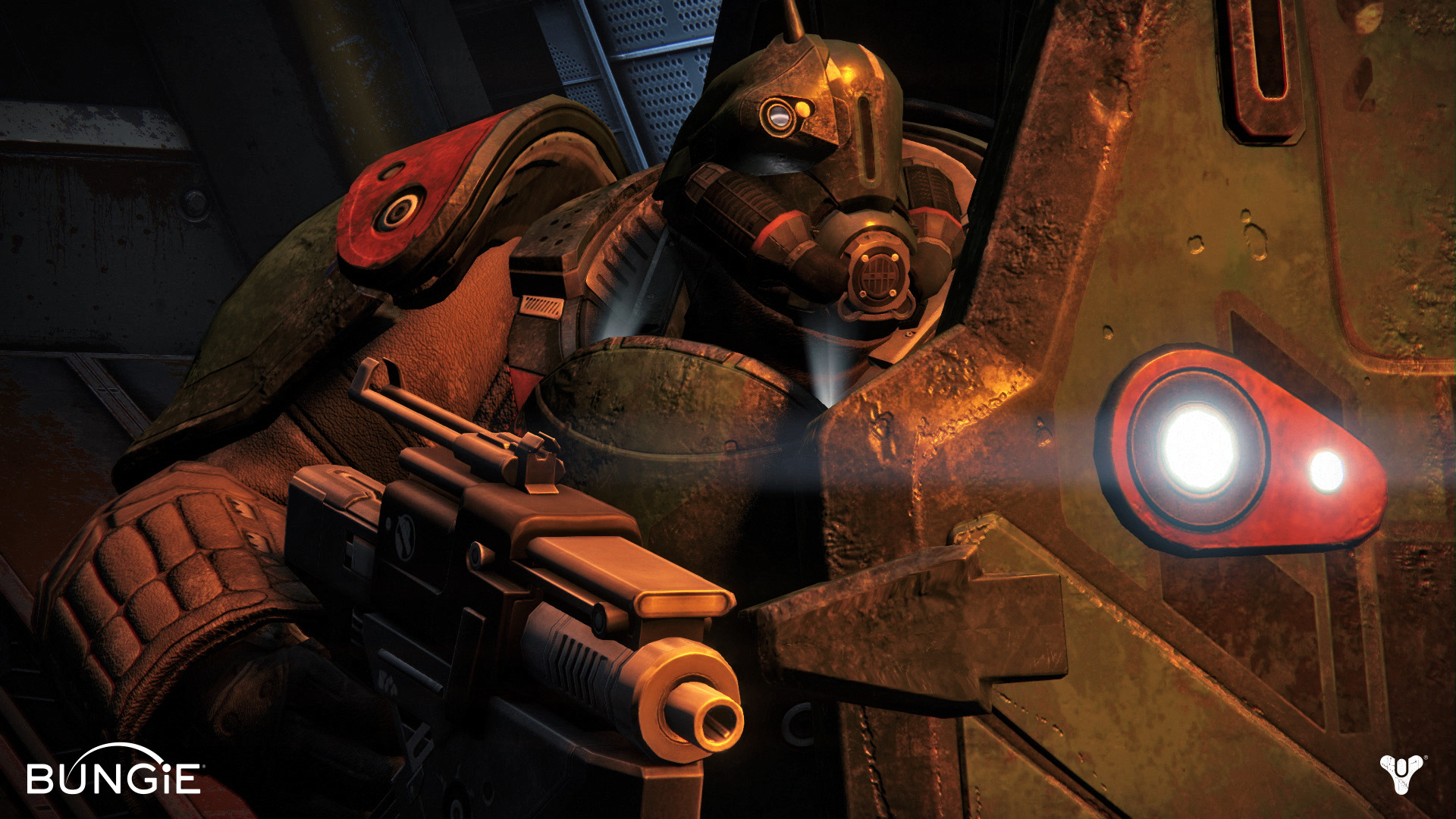

Under the terms of the Treaty of Guadalupe Hidalgo, the commissioners' words gave the maps and views an authority equal to the treaty itself. he line shown by these maps and views shall be regarded as the true line, from which there shall be no appeal or departure. shall be evidence of the location of the true line, and shall be the record to which all disputes. He and Salazar wrote: hese maps and views. Emory understood that the maps would attest to the completion of the survey, verify the geographical location of the line, and have standing in international disputes.

The 54 boundary survey maps, signed by Commissioners Emory and Salazar during the 1856–1857 Joint Boundary Commission meetings in Washington, D.C., represent a triumph of skill, persistence, endurance, and not a little heroism. However, the eastward march was halted by the absence of water, and it was left to Nathaniel Michler and Francisco Jiménez, working westward along parallel and meridian out of Paso, to eventually complete the Arizona/Sonora line to the Colorado River. The iron monument previously installed at the confluence of the Gila and Colorado was removed to its new site on the Colorado and designated as "Monument I." The line was then extended eastward from the river, maintaining the practice of using Roman numerals to identify monuments. and Mexican commissioners agreed to cooperate in a joint survey.

Because the terrain and climate were extremely inhospitable, and potable water was scarce, the U.S. The last hurdle facing the survey teams was the desert of Arizona and Sonora, which lay between them and the Colorado River. Forty years later, the boundary resurvey was to experience much "confusion and uncertainty" because of these inconsistencies. Perhaps unsurprisingly, the two commissioners could not agree on the inventory of structures along this section of the line: Salazar claimed 10 monuments, but his map showed 9 the final U.S. Salazar erected monuments to replace those that were missing and also reconstructed several unsubstantial U.S. This turned out to be a prudent decision, because the Mexicans were unable to locate many monuments that the U.S. monument of dressed stone.ĭespite Emory's objections, Salazar insisted on conducting his own survey of the boundary west from Paso. This latter parallel was marked with simple stone mounds except in the vicinity of the Rio Grande/Río Bravo at Paso, where Salazar had erected three permanent monuments close to a U.S. Heading west, Emory's team often erected stone mounds as monuments, supplementing these with careful topographical sketches of the surrounding countryside, in order to "perpetuate the evidences of the location of the boundary, in the event of Indians removing monuments erected on the ground." Ten substantial monuments of dressed stone laid without mortar were located along the 31☂0' parallel and the meridian connecting it to the 31☄7' parallel. Old monument number 16, looking east, is an example of a simple stone marker that Major Emory's team used to mark the location of the boundary.


 0 kommentar(er)
0 kommentar(er)
